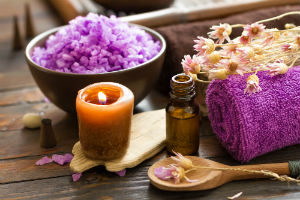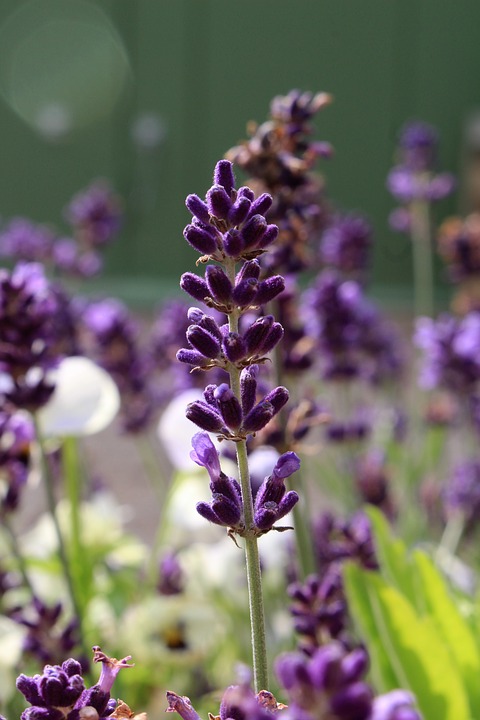JOIN OUR VIP Email/Text CLUB
Be The First To Know!
When you join our mailing list, you'll be the first to know about new releases, current deals, and upcoming products. Plus, VIP members get access to personalized discounts and bonuses.
SIGN UP FOR EMAIL/TEXT


